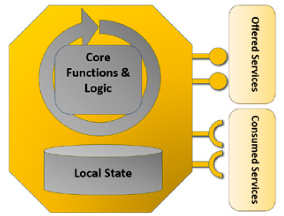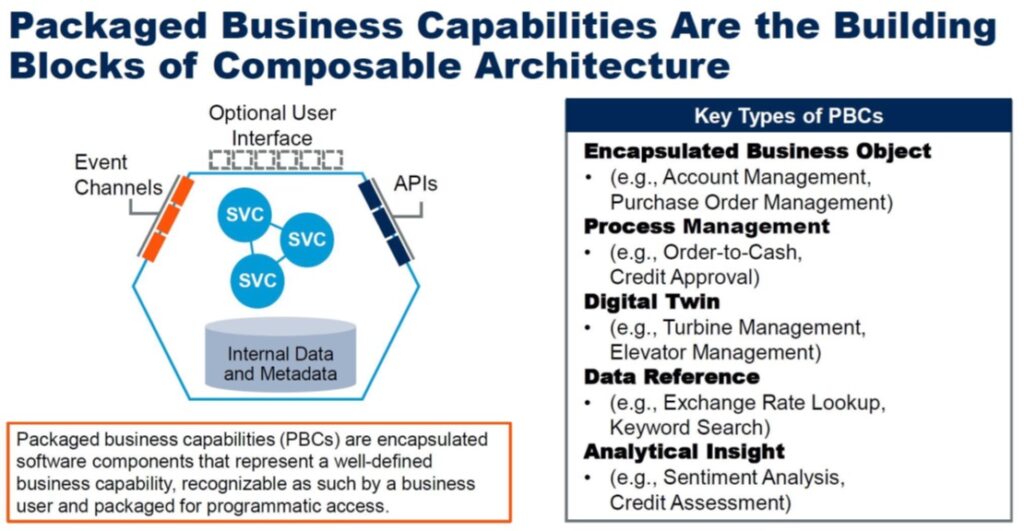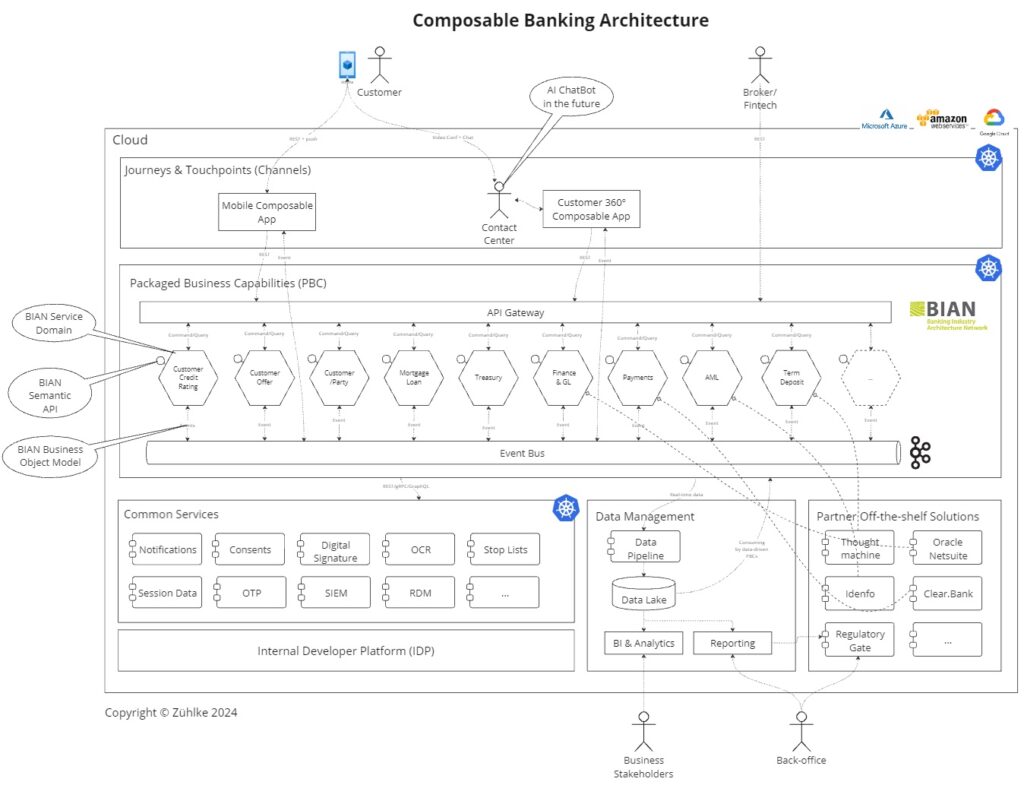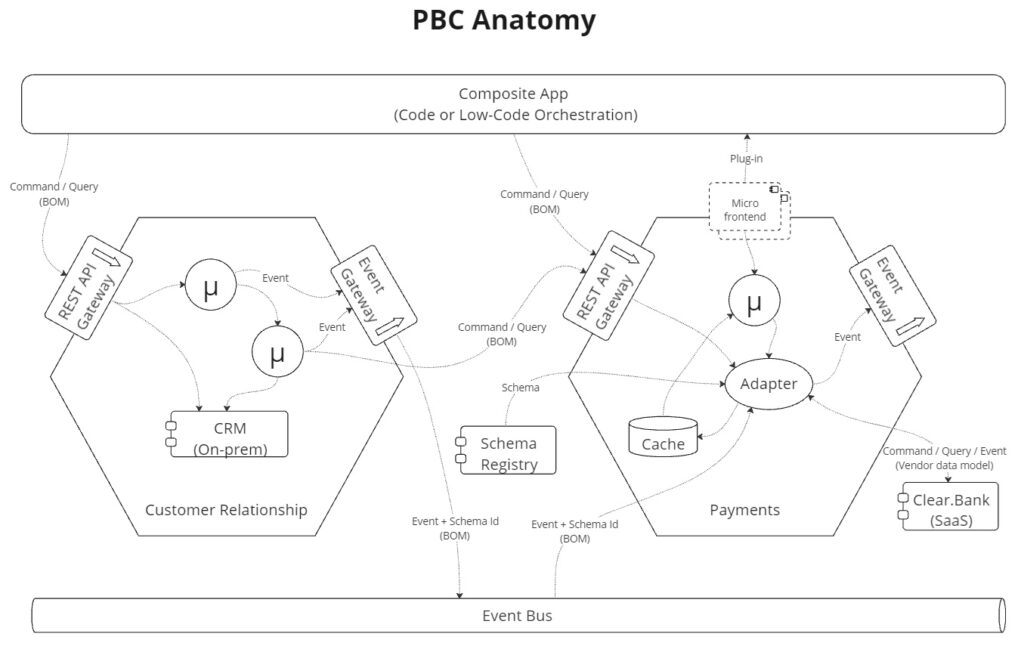
By Vasily Yamaletdinov, Principal Enterprise Architect, Zühlke Group
Currently, we constantly hear about a tectonic shift in the paradigm of the banking business towards fully digital services. It has become obvious that neobanking has firmly taken its position in the financial services market, gaining popularity among the younger generation, and it is the future.
However, despite the absence of operational costs associated with maintaining a network of offices and safe deposit boxes, as well as outdated legacy applications in the IT landscape, neobank creators still face significant challenges. How can you maintain flexibility of your business and operating models in the face of rapidly changing technologies? How to ensure compliance with new regulatory requirements? How to integrate your products into value chains within the ecosystem, offering them at the right time in the right place to the right customer?
The response to these challenges should be an appropriate neobank architecture, focused on rapid integration and agile methods for delivering changes. It is impossible to provide such an architecture without the use of industry standards in the field of banking, such as the Banking Industry Architecture Network (BIAN).
BIAN offers neobank architects a wide range of ready-made building blocks to ensure business agility based on separation of concerns, loose coupling, reusability, interoperability, simplicity, and transparency.
The basis of BIAN is a collection of 320+ Service Domains, elementary functional building blocks that together completely cover all bank activities. Each Service Domain includes a set of services through which it provides its functionality to other domains, as well as to external consumers – organizations (B2B) and customers (B2C). Any banking processes can be implemented as orchestration of several Service Domains. Services are provided by the Service Domain in the form of standardized APIs.

Source: BIAN
Each Service Domain processes a specific set of business data, which in turn is also standardized within the BAIN Business Object Model (BOM).
As you can see, the Service Domain concept is very similar to the Packaged Business Capability concept, which is the cornerstone of the composite architecture proposed by Gartner.

Source: Gartner
It is not surprising that in this way the Service Domain model can be successfully used when designing a neobank based on a composite architecture approach.
So, the composite architecture of a neobank consists of the following components:
- Journeys & Touchpoints (or Channels)
- Packaged Business Capabilities (PBC)
- Common Services
- Internal Developer Platform (IDP)
- Data Management Services
- Partner Solutions

The Journeys & Touchpoints layer houses the neobank’s mobile application, as well as an application for supporting the contact center.
The PBC layer contains the API Gateway, which publishes the API for the mobile application and third parties (brokers and FinTechs), in accordance with the requirements of the BIAN standard. The basis of this layer is made up of PBCs, designed based on standard BIAN Service Domains. PBCs provide each other with REST APIs compliant with the BIAN standard. For asynchronous communications between PBCs, Event Bus based on Apache Kafka is used, and the message format complies with the BAIN BOM standard. Each PBC can either completely encapsulate all the required functionality (for example, using microservices), or have an external dependency on third-party partner applications.

This composable architecture provides the following advantages:
- reducing vendor lock-in;
- well defined capabilities, APIs and data model with high degree of reuse;
- cloud-native scalable, loosely coupled and adaptable architecture based on event-driven choreography;
- fostering data-driven and open banking;
- interoperability with partner solutions;
- enabling product teams’ autonomy.
Creating a neobank is not an easy task and has many pitfalls. Using an approach based on a composable architecture and the BIAN standard can significantly streamline development and reduce the complexity of the entire system, which means reducing its cost and shortening the time to market.
Zühlke is a global innovation service provider that empowers ideas and creates new business models by developing services and products based on new technologies – from initial vision through development, deployment, production, and beyond.
